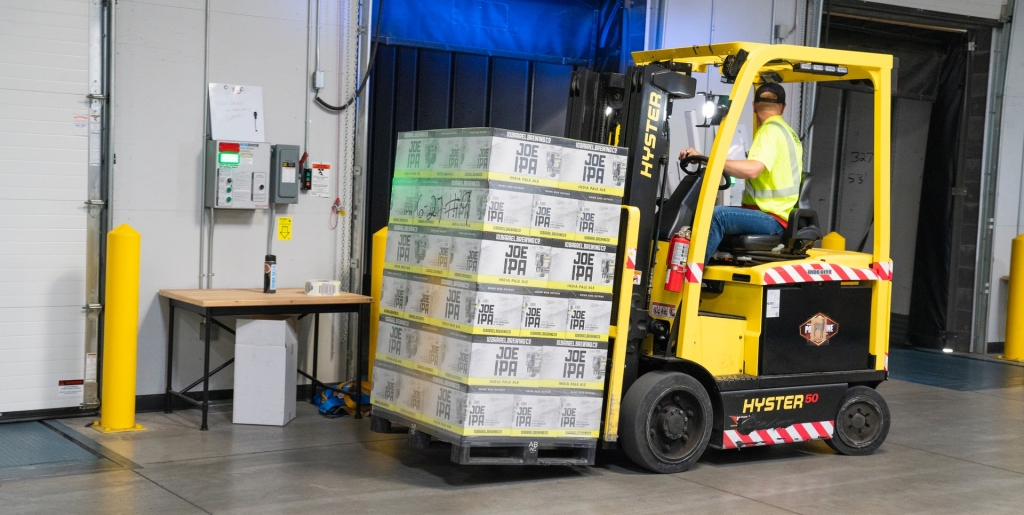Forklift
Can you imagine looking at a crate of bricks and then being asked to haul them 100 feet and lift them up into a truck? Sound like something out of a horror flick? You bet, it sounds frightful and something we wouldn’t wish on our worst enemy.
All kidding aside, hauling and moving heavy stuff is cumbersome. Enter in the forklift. Quite possibly one of the most underrated inventions in the history of mankind (might have stretched it a bit), the forklift has revolutionized the logistics sector of nearly every industry. It doesn’t matter what you’re working in, if you’re moving anything in bulk a forklift is likely involved.
The mid-19th century was witness to an explosion in forklifts. By the start of World War I it could be argued that one of the most important components to ensuring armament was transported and in place for use was due to the forklift. In most military interventions globally, the forklift played (and continues to) a key role in moving items quickly and efficiently. On one end the forklift is a prized piece of machinery by every government. On the private sector side, they’re also big money, especially for those who manufacturer forklifts.
The biggest manufacturer of forklifts in the world is Toyota Industries. Yes, that same Toyota we all know and love, with a revenue base of $7 billion, the Japanese behemoth moves more forklifts than any other entity worldwide. In fact, it’s not even close as number 2 brings in $5 billion in revenue and number 3 - $3 billion. Nearly all of these companies sell a wide variety of forklifts. The hand pallet truck is one of the more basic, powered simply by the operator’s muscle strength and is principally used to jack up and move loads.
The rider low lift truck, towing tractor, walkie stacker and ride stacker are all electrically powered and a cool new variant is known as the Sideloader, capable of moving large loads sideways through a warehouse. This is especially useful when space is tight, and the load being moved is very long or tall. In terms of pricing, the higher the capacity of the potential load the more expensive the forklift. Think of them like homes – if you want a big one, you likely pay more. Unless of course you’re considering an apartment in Manhattan as compared to a house in Kansas.
Second are manufacturers. Not all forklifts are fabricated the same, and like cars some brands are more highly valued than others. A good rule of thumb is work out on paper what the value of the lift will be to your business (efficiency in turnaround times, being able to process more orders quicker, etc) and then assess whether a more expensive one with larger capacity makes sense.
The worst thing you could do here is go the cheap route and not be able to increase your profit margin enough to justify the cost. Not a suggested direction to take.


Comments:
Login to leave a reply